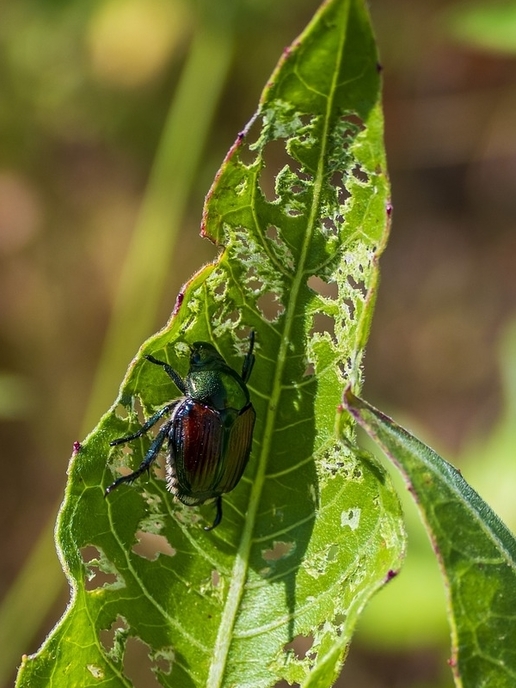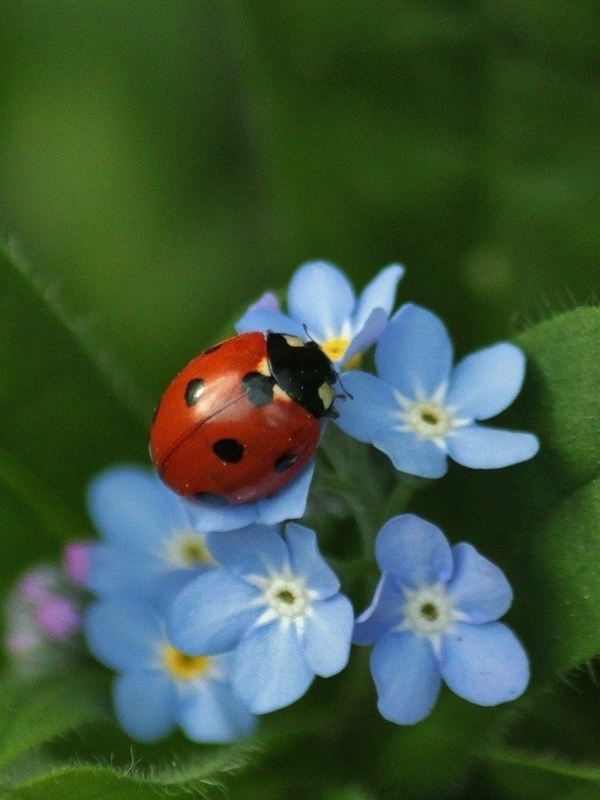Have you ever thought of how even the tiniest creatures could help you? Well, think about the little insects you see all over.
It is true that some are harmful, while others are very helpful. For example, bees are known to be harmful when provoked but also known for their useful honey production.
In your garden, you could have good soil, good spacing, and a good irrigation scheme, but if you get a problem with pest attacks, it will affect the growth of your crops.
This is where some insects come in to help. Here are some of the helpful bugs in the garden:
1) Ladybugs
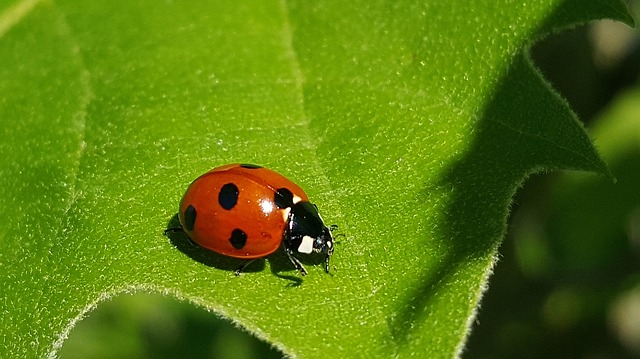
Ladybugs are part of the beetle family, biologically speaking. There are almost 400 ladybug species in North America. The ladybugs’ diet is commonly known to be aphids.
Aphids tend to cause yellow leaves, curled leaves, stunted growth, and poor plant growth. They lay eggs among the aphids or other prey so that the emerging larvae can feed on the harmful insects too.
Ladybugs can be attracted to one’s garden when the garden has herbs and pollen-laden flowers. If you do not have either of those in your garden, it is time to grow them.
2) Assassins
They go by the name “Assassin” since they are known to hide and wait for the prey, then ambush them. They feed on various insects, including flies, bees, and mosquitoes. You can attract these bugs by growing dandelions, marigolds, daisies, and fennel.
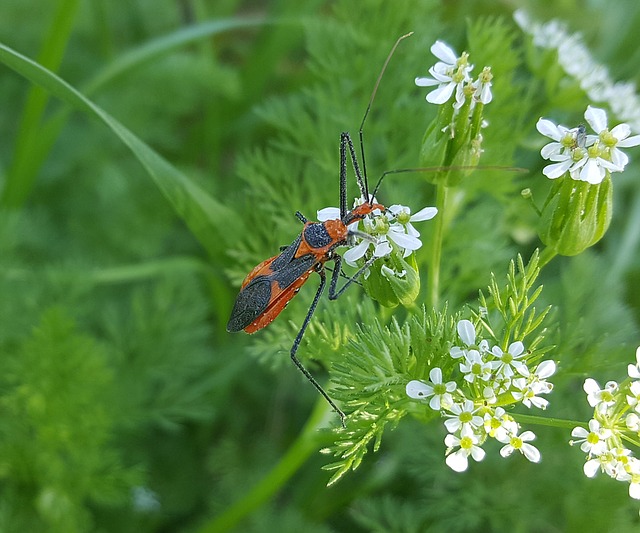
Vines and shrubs could invite these assassin bugs to your garden. You should be aware that these bugs produce a certain venom that is irritating.
They excrete faces that might be having certain parasites that are harmful to man. This implies that you should be careful while dealing with these bugs in your garden.
3) Minute Pirates
They are really small in size, approximately less than 5 millimeters. There are about 600 different species of these bugs all over the world. They are used to kill thrips in greenhouses. Thrips are insects that feed on various plants.
They become very active in early spring and lay eggs in the respective plant tissues. They damage plants by sucking their sap, and sometimes plants die due to the severe feeding. Minute pirates feed on spider mites and aphids.
The lifespan of these bugs is around 35 days. These bugs can be attracted by planting pollen-laden flowers and plants such as caraway, cosmos, fennel, marigold, and goldenrod.
They have piercing/sucking mouthparts as their feeding mechanism. You should be aware that these bugs can bite humans.
4) Spined Soldiers
They are predatory bugs that feed on various fields and garden pests. Spined soldier bugs’ diet includes Mexican bean beetle, Colorado potato beetle, and cabbage worm. Mexican bean beetles are known for eating away the leaves’ tissues from the undersides of the leaves.
Colorado potato beetles are known for chewing leaves and completely defoliating an entire crop. Cabbage worms harm cabbage plants by larvae feeding on the growing stage of cabbages. Therefore, this implies that these bugs are of great use in the garden.
They are accommodating in the late summer season when aphids and the other harmful insects lay their eggs to reproduce—soldier beetle larva help to get rid of them.
5) Soldier Beetles
Their larvae feed on eggs of various harmful garden insects. They consume grasshoppers, small caterpillar eggs, aphids, and other soft-bodied insects.
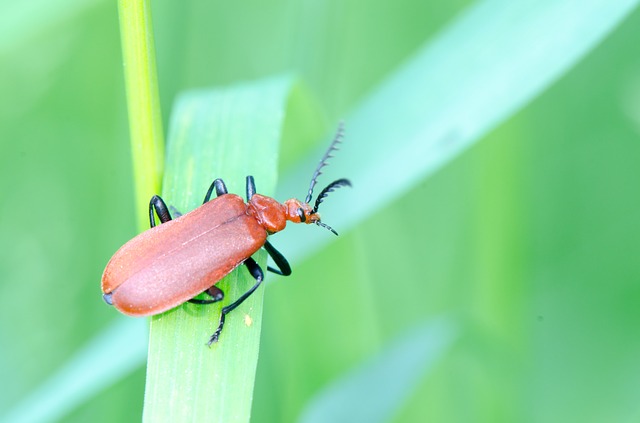
Apart from feeding on harmful crop insects, they are known for being good pollination agents. It is therefore obvious that you can attract them by planting lots of pollen-laden flowers.
You can plant goldenrod, milkweed, and catnip to attract them in your garden. While feeding on nectar, they lay eggs that develop to mature soldier beetles and continue the life cycle.
6) Ground Beetles

They are unique in the sense that they scour the garden for prey all night long. The ground beetles’ diet includes snails, slugs, mites, earwigs, aphids, and vine borers.
You can attract these beetles by creating a log pile, building a pond, and creating a compost heap. You could plant wildflowers to attract these ground beetles.
7) Green Lacewings
They are fond of aphids and have them as their primary prey. They feed on soft-bodied insects such as thrips, immature whiteflies, small caterpillars, insect eggs, and mites. They are known for being night-flying insects.
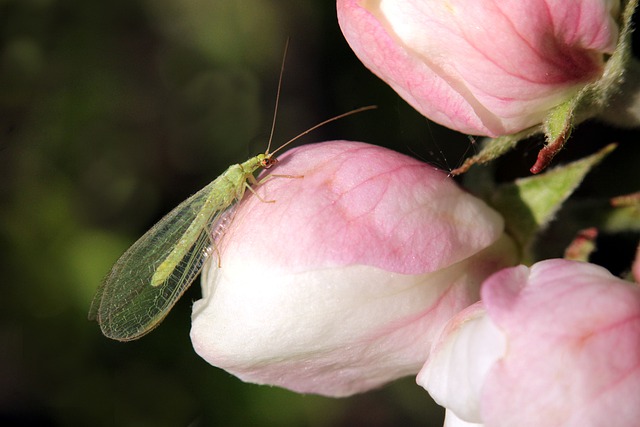
They can be used in greenhouses. The larvae will feed on nectar and honeydew for about 1 to 3 weeks before becoming adults.
You can attract these insects to your garden by planting coriander, caraway, purple poppy mallow, golden marguerite, angelica, and fern-leaf yarrow.
8) Robber Flies
If you plan to have these insects around your garden, there are various plants you can grow to attract them.
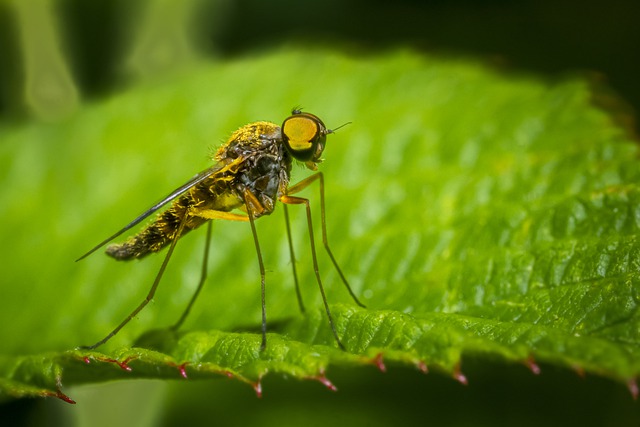
You can try out cluster flowering plants such as yarrow, dill, fennel, and wild carrots. They help get rid of pupating beetles, leafhoppers, and grasshoppers, among others.
They attack their prey while airborne. They tend to feed on smaller insects than them but also have few instances of attacking bees and wasps.
Don’t Kill Those Bugs Just yet!
By now, you can tell that not all insects or tiny creatures you see in the garden are harmful. If you have planted the common plants that attract these useful insects to your garden, you can now let nature do its work.
For sure, these bugs will keep your plants healthy and control harmful pests. Therefore, it is not a must to use pesticides to keep away harmful insects from your garden if it is not severe.
Always survey your organic garden to check for harmful bugs that you can treat using these good bugs.

